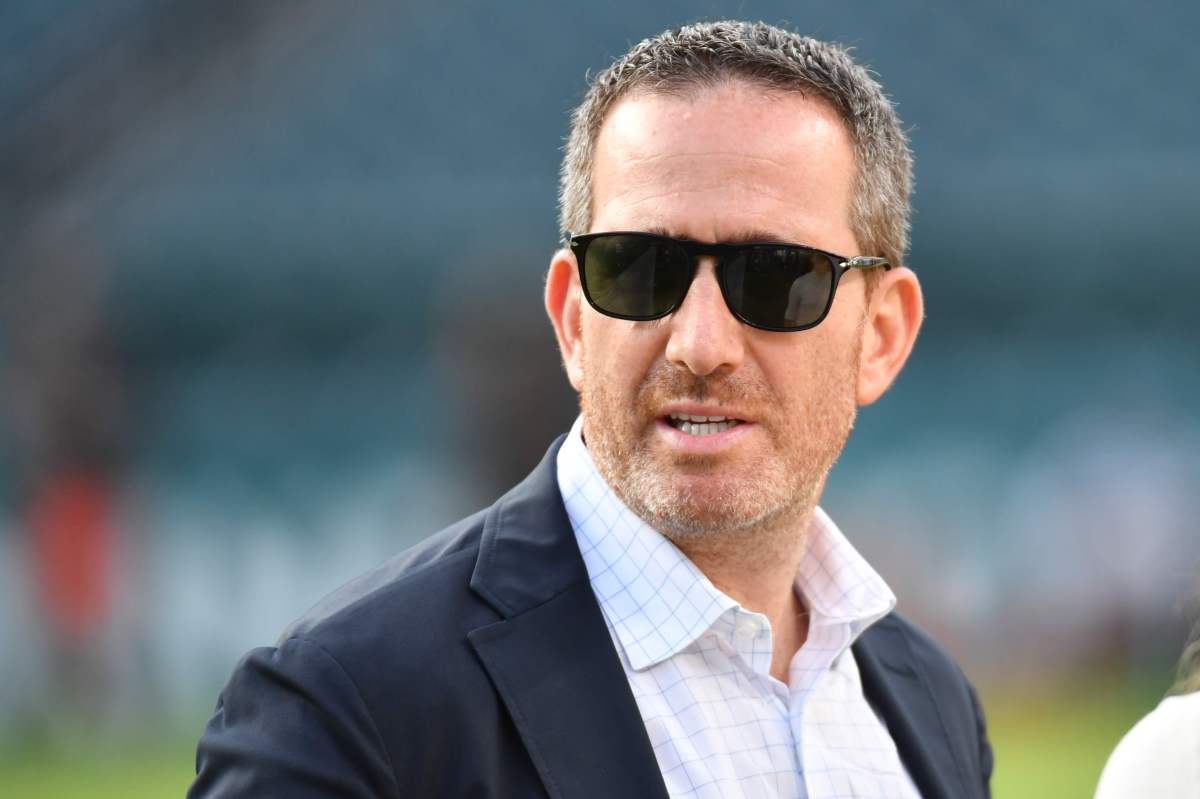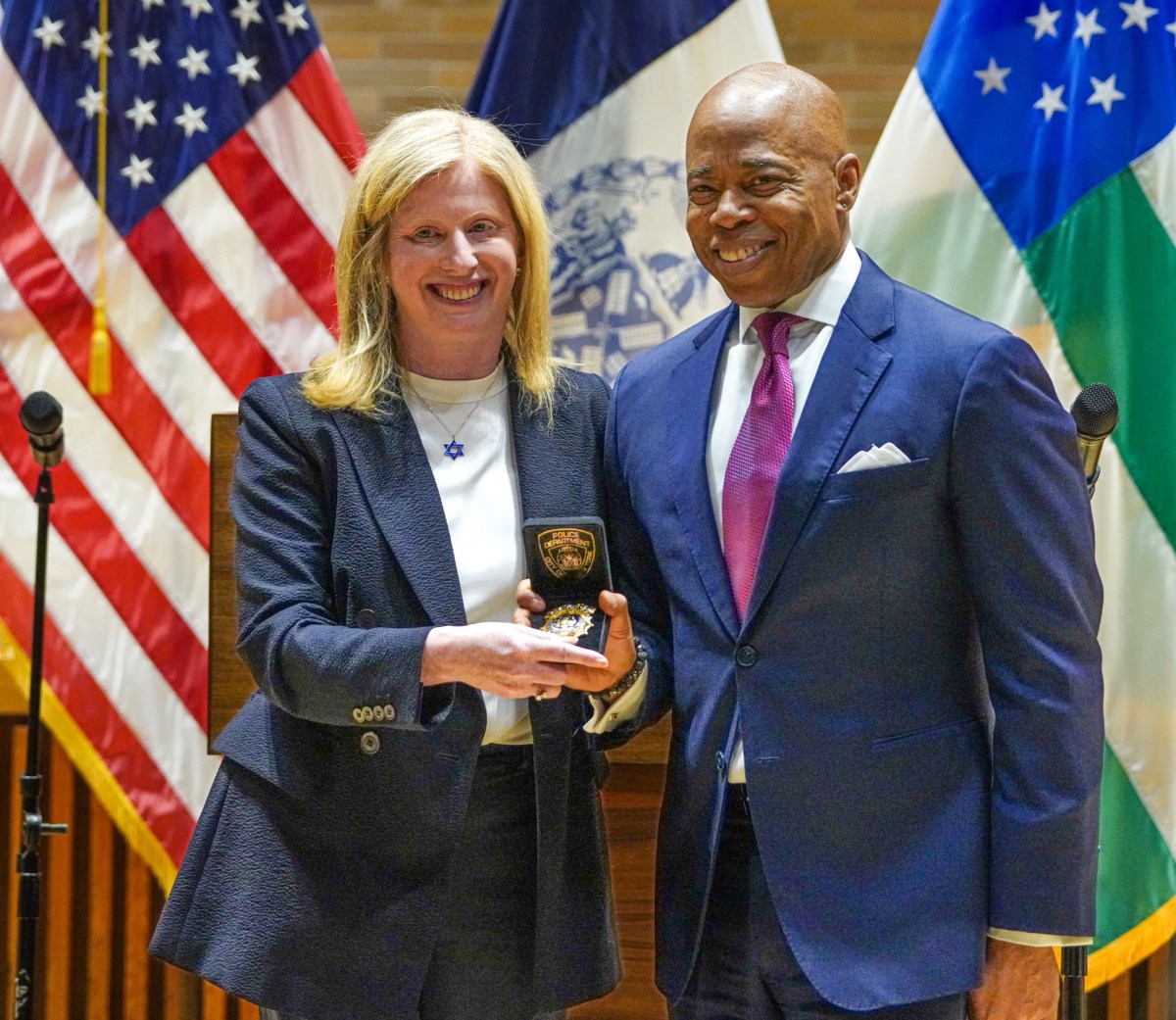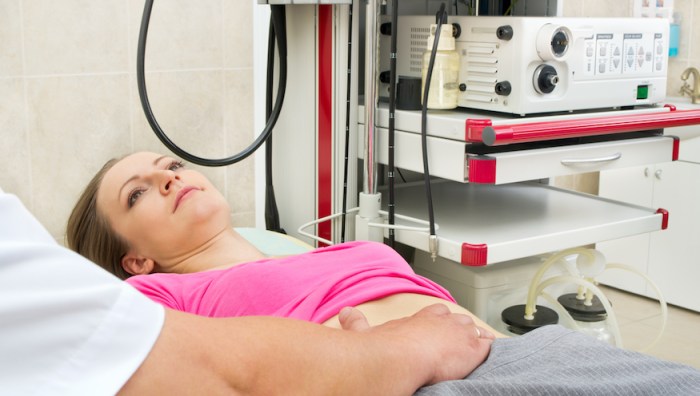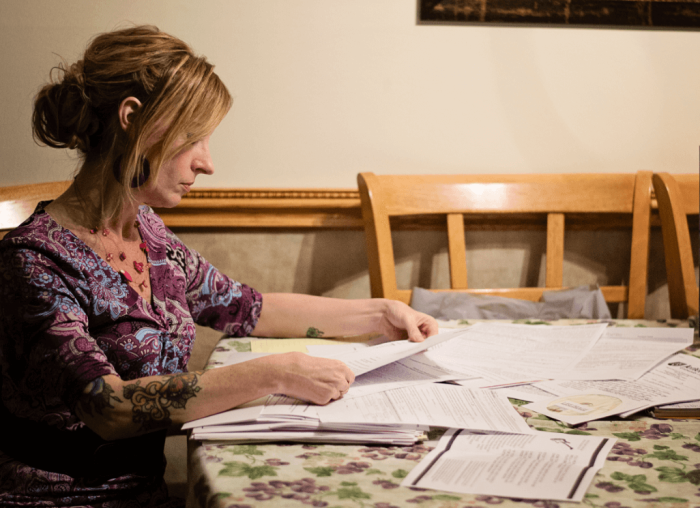It didn’t take the arrival of Breast Cancer Awareness Month to put a spotlight on the disease this year. Just don’t give Angelina Jolie all the credit for increasing the focus.
The trend of preventive mastectomies is often said to have begun when the actress chose to have her breasts removed in 2013 when genetic testing revealed she carries the BRCA1 gene, which is known to significantly raise a woman’s risk of developing breast and ovarian cancer. RELATED: What additives are in processed food and how did they get there? But the real driver of trends in treatment is in progress in the medical field, says Dr. Elisa Port, chief of breast surgery at Mount Sinai Hospital. The rise in women opting to undergo mastectomies coincides with advances in surgery creating more natural-looking results than before. Port highlights this and more advances in“The New Generation Breast Cancer Book,”and we got her overview of what’s making headlines in her field. One piece of good news this year came for women whose tumors are found to beestrogen positive, in which receptors in the tumor could receive growth signals from the hormone. “We learned that a certain medication,Tamoxifen, can be taken for 10 years instead of five years, and for some women with high-risk breast cancer it can really further reduce their risk of breast cancer coming back,” says Port. The downside, however, is the drug significantly raises the risk of birth defects, so knowing the options before starting treatment is crucial. Port recommends that pre-menopausal patients who are interested in discussing fertility preservation seek out a multi-disciplinary breast cancer treatment center to discuss their options with a specialist. Genetic testing
Basing cancer decisions on a DNA analysis goes beyond the BRCA gene. “That gene only accounts for a small number [of cases], and I think that’s a huge misconception,” says Port. Other genes, such as CHEK2 and p53, can also raise a woman’s risk. “By and large, the rest of breast cancers that women get are not related to the BRCA gene, and have no known risk factor other than family history or hormone replacement therapy that they’re individually responsible for.” RELATED:How to stay awake without caffeine This can be tough for patients to hear — there’s nothing they did, but there’s also nothing they could have done. Maintaining a healthy weight and drinking in moderation reduces the risk, but beyond that, breast cancer is not a lifestyle disease. “Whatever emotions women are having related to a diagnosis of breast cancer, i.e. fear, etc., guilt shouldn’t be one of them,” says Port. Age of diagnosis
There’s a worrying trend toward younger people being diagnosed in colon cancer. That’s not the case for breast cancer. “The age distribution is not that different from what we’ve seen,” according to Port. “Even though we do have a lot of younger women diagnosed with breast cancer, the average age of women diagnosed is still 60, so still predominantly a disease of older women.”
Preserving fertility
 Port dismissed the controversial recommendation by the U.S. Preventive Services Task Force that under age 50, the potential risks of annual mammograms may outweigh the benefits for women who don’t have risk factors for breast cancer. That recommendation is currently under review. “Most of us who do this every day for a living and who believe that mammograms save lives are still very much supportive of continuing [annual] mammograms in the 40- to 50-year-old age group,” she says. Mammograms are also more accurate than ever because of 3D technology, though it’s not yet available in all radiology labs.
Port dismissed the controversial recommendation by the U.S. Preventive Services Task Force that under age 50, the potential risks of annual mammograms may outweigh the benefits for women who don’t have risk factors for breast cancer. That recommendation is currently under review. “Most of us who do this every day for a living and who believe that mammograms save lives are still very much supportive of continuing [annual] mammograms in the 40- to 50-year-old age group,” she says. Mammograms are also more accurate than ever because of 3D technology, though it’s not yet available in all radiology labs.
The state of breast cancer in 2015

iStock
























